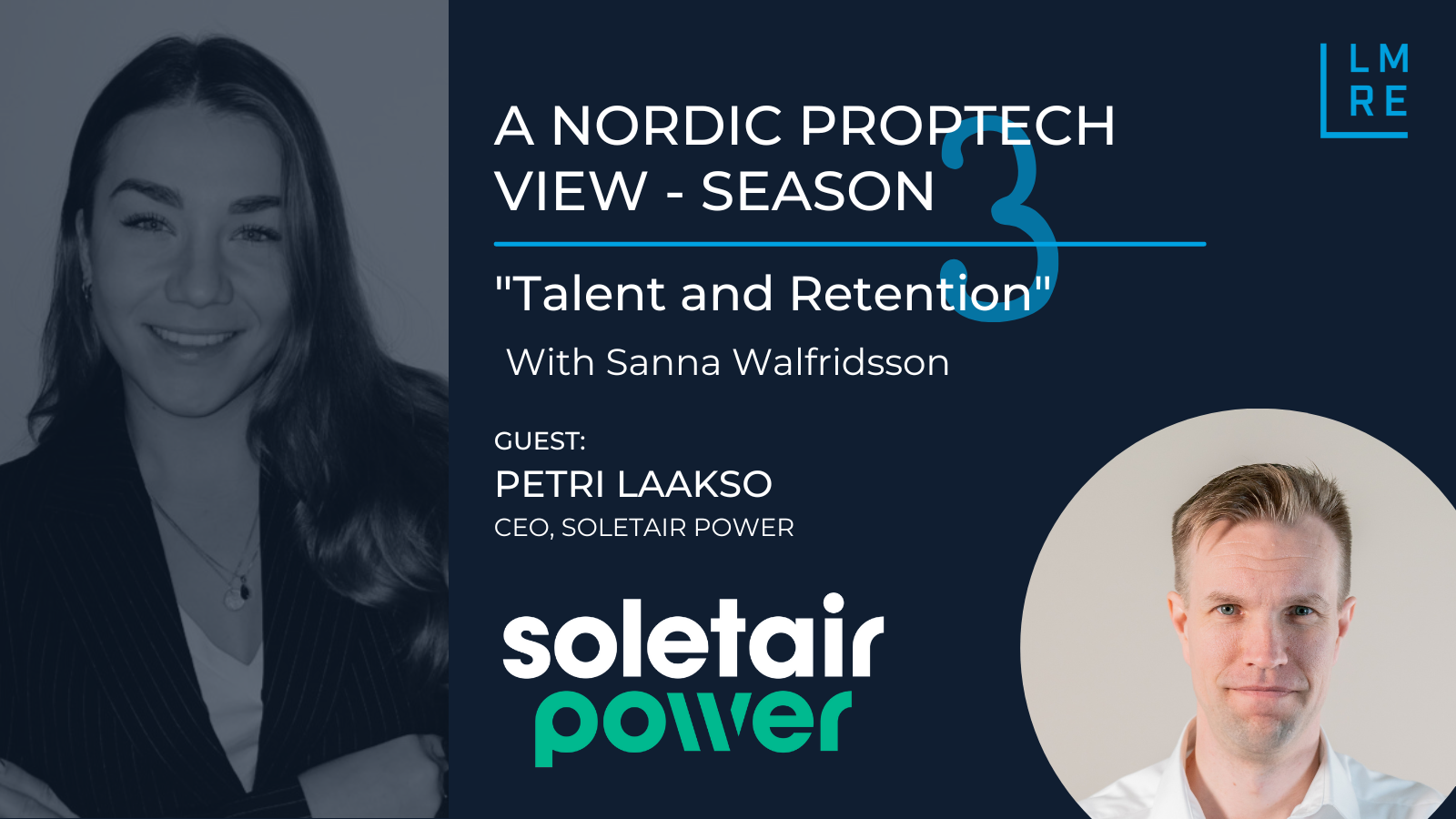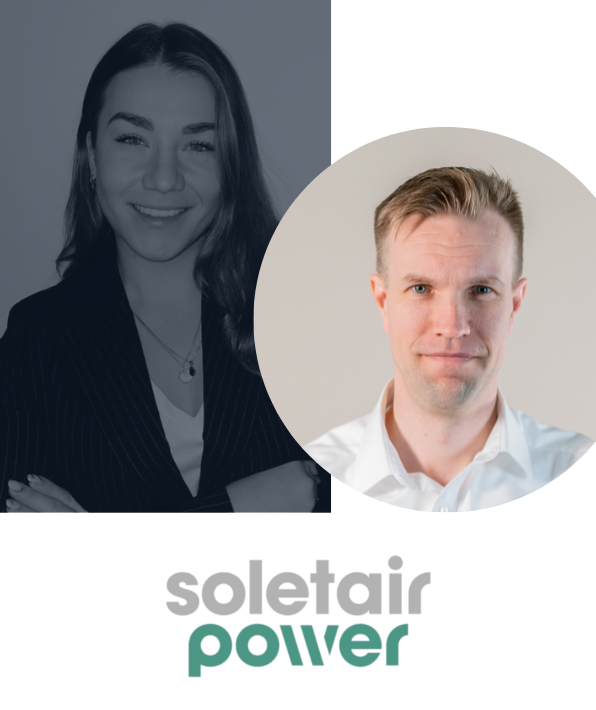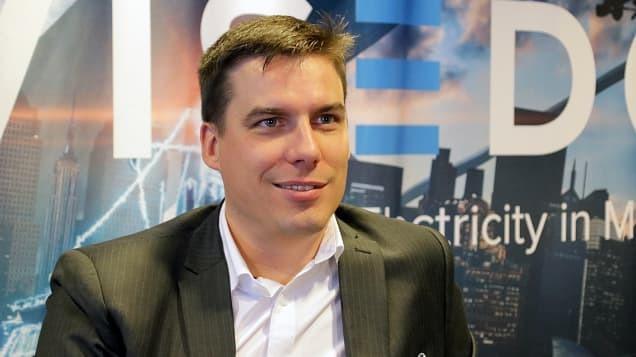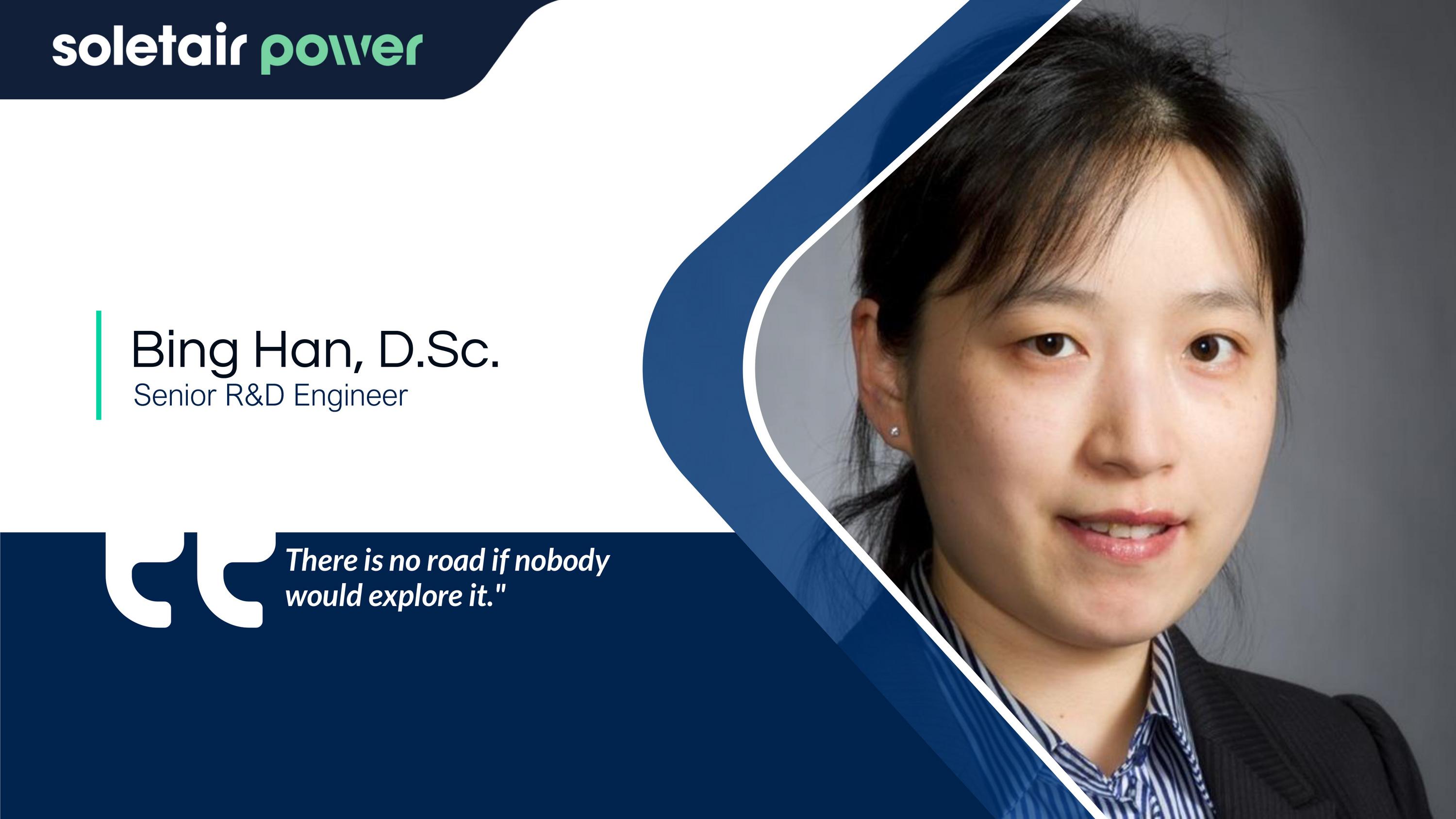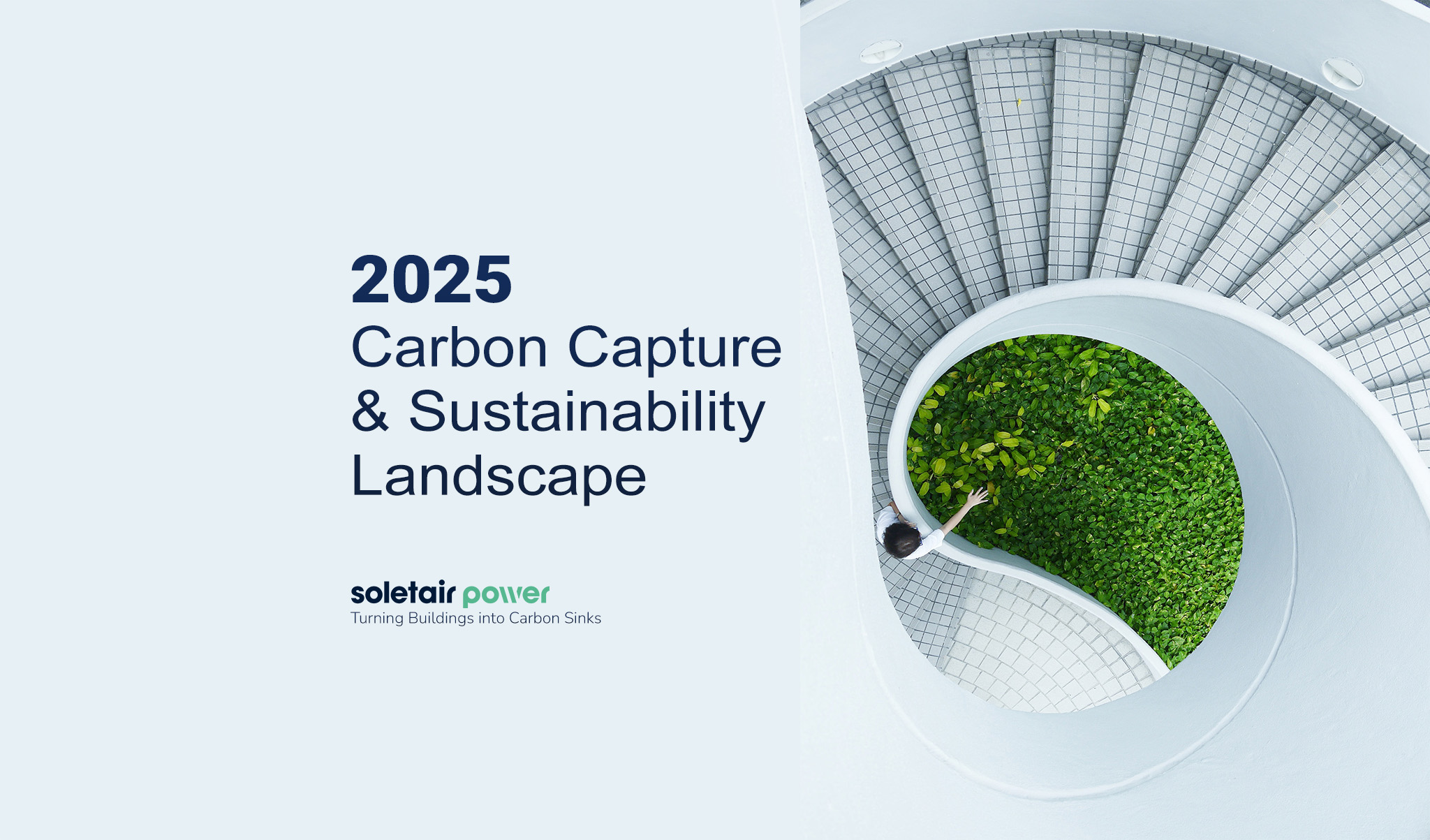Welcome to ‘A Nordic PropTech View’, with Sanna Walfridsson our Q&A focused on Nordic PropTechs.
Our Q&A series is an opportunity for our Nordic team, headed by Sanna Walfridsson to discuss all things PropTech, startups, and Careers with different founders from across the region. Each week we will ask PropTech innovators burning questions and quiz them about their products, we hope you find it insightful and enjoy getting to know the founders as much as we have.
This week we have been in touch with Petri Laakso, CEO of Soletair Power.
Founded in 2016, Soletair Power is a Finnish carbon capture technology provider company, working in the fields of Direct Air Capture and Power to X. They contribute to negative global emissions by developing technology for capturing CO2 from the air. Their modular carbon capture solutions can easily be installed at building premises or retrofitted with the existing HVAC system. With their patented carbon-capture system installed in offices, building residents will enjoy better decision-making ability, and higher productivity while the building can contribute to reducing global CO2 emissions. Captured CO2 can be reused as a non-fossil-based resource in a wide array of applications.
They have raised a total of €1.5M in funding over 2 rounds (seed). The latest funding was raised on Mar 2, 2021, from a Seed round. They have been developing DAC systems for quite some time. In 2021, together with Wärtsilä, they demonstrated making fuel from thin air at the Expo 2020 Dubai. Their Outdoor Direct Air Capture machine is already operational at ZBT, Germany. They are manufacturing commercial indoor CO2-capturing air filtering units for office use and also developing building ventilation integrated direct air capture unit at Wärtsilä’s Sustainable Technology Hub at Vaasa, Finland. Several other projects are in the pipeline.
Tell us about your approach to talent acquisition and how it has changed over the past few years.
We have been using recruiting companies and our own web pages. The next stage is to use head-hunters for getting the best talents to key positions.
I think both recruiters’ and candidates’ behavior has changed in recent years. The preferences and expectations of candidates for contacting their employers via phone, email, social media, and other channels have significantly changed during the pandemic time. Nowadays, the level of consistency and accuracy in the recruiting message across different channels has different levels of impact on the perception of the candidates from different generations and different areas of the world – it is much more web-based.
Typically, we used to perform the initial screening by scanning the candidates’ LinkedIn profiles. Later, we linked our website to our integrated talent management system, which sped up and improved the screening process. We advertise the open positions on our social media channels and external employment sites to shorten the time to fill a post. The final decision has remained subjective to human judgment though, as we focus on the quality of hires than the number of hires.
What have been your learnings when it comes to attracting and hiring the right talent?
Best people are hard to find, and previously friends and connections had been the best channel for recruiting. But as the company grows that does not work anymore. There now exists an increasingly fierce competition to attract and retain great talents. I have learnt over the years that we need to focus on roles, not processes or specific people. Rather than getting people to help us in particular situations, I now seek team players who are multi-taskers and build institutional muscle.
What do you think makes people decide to work for your company? What are your USPs as an employer?
Our first USP is that we develop technology that works towards the improvement of the planet by making negative emissions. People want to be a part of the greater good. Also, the company is now in a phase where whoever comes in will see significant growth. They can contribute and have the chance to get the best positions.
At Soletair Power, we have a lot of flexibility but also a lot of responsibility too. One has the independence to do things their way, and there is room for personal development. In big companies, it is not so easy to do things flexibly.
What does Diversity, Equity and Inclusion mean to you? What steps has your company taken to promote and maintain DEI initiatives internally and externally?
We are growing an international company which has several nationalities. We have hired several women also. Best talents always win but equality is always something that needs to be kept in mind. We also see that different backgrounds in education are important since if everyone has the same background we might not do well. Different views are important.
Diversity, equity, and inclusion (DEI) is top of mind for us in our everyday operations. Everyone at Soletair Power puts proactive effort into providing psychological safety for our diverse team members that helps us to bring our authentic selves to work.
We’ve removed gender-coded language from our recruitment messaging. Talent acquisition phases and responsibility allocations are solely talent-based and are not biased by race, skin color, ethnicity, sexual orientation, gender identity, religion, national origin, ancestry, disability, socioeconomic status, language, and physical ability.
What strategies have been put in place to retain employees?
This is difficult in a startup since we do not have a lot of resources. I think the fact that everyone can do what they want to do and have enough flexibility makes days at work very interesting. Occasional fun activities outside work take place to bring refreshments. We provide avenues for professional development, strive to build an inclusive organizational culture and recognize success. Work-life balance is highly prioritized in Soletair Power but the balance has to be kept in order to keep people happy.
What is your opinion on the Remote/Hybrid working model?
Everyone knows where, when, and how they are most productive. Remote work also gives a better work-life balance. So, remote working is possible and sometimes the best way to work since no one is bothering you when you need to focus. However, those who build/assemble physical units need to be in the lab with the team. So, in that case, remote working is not always possible.
Can you please share your predictions for talent in the Finnish PropTech sector?
Well, we are not a full-fledged PropTech company, but I believe that the industry faces numerous challenges since many companies are now probably downsizing their offices. This presents a problem because when people leave, a lot of know-how goes away. That’s something that we need to be careful of so that people remain happy at their jobs. This is difficult to manage especially during this turbulent period. In Finland, I think a lot of new talent is needed since people are starting to retire and someone needs to substitute for them.
This article was first published on https://www.lmre.tech/interviews/a-nordic-proptech-view-with-petri-laakso-soletair-power/

